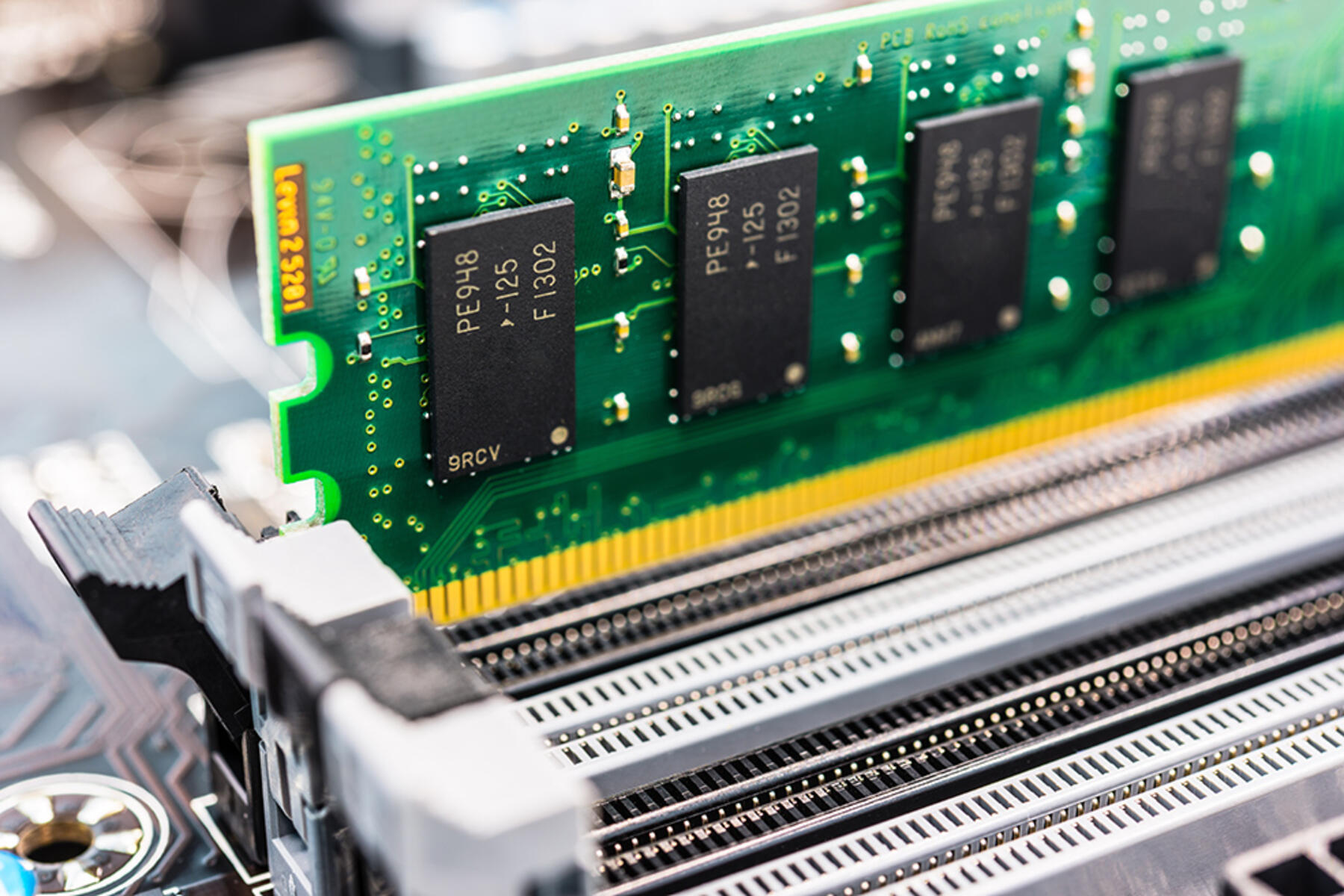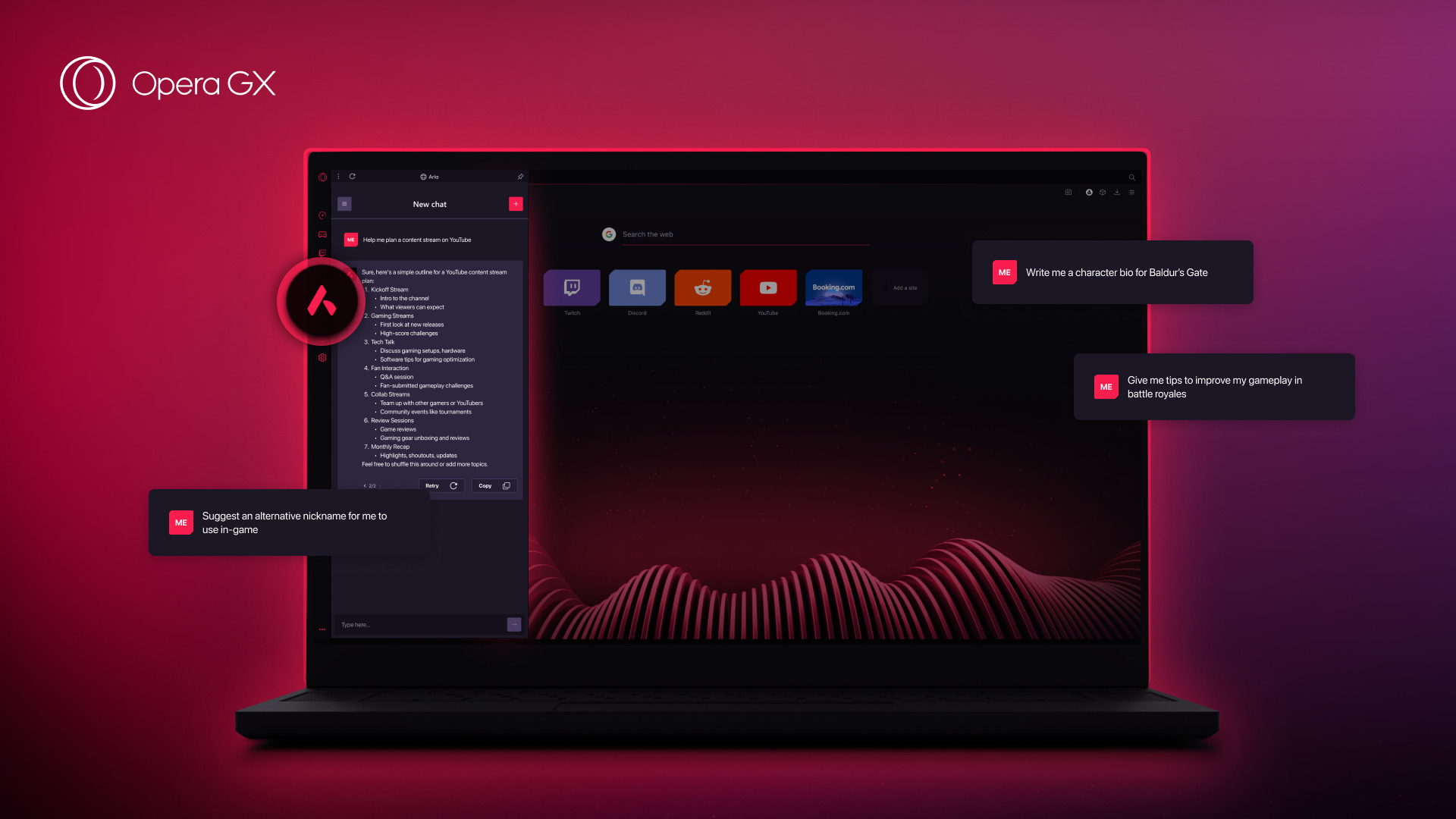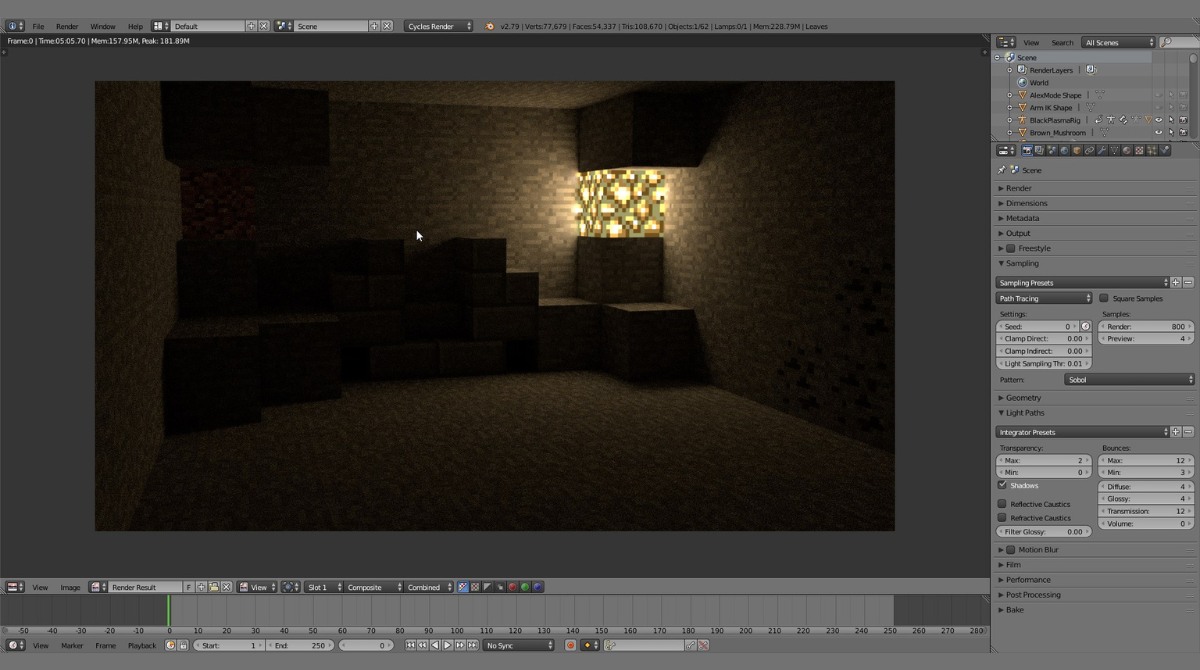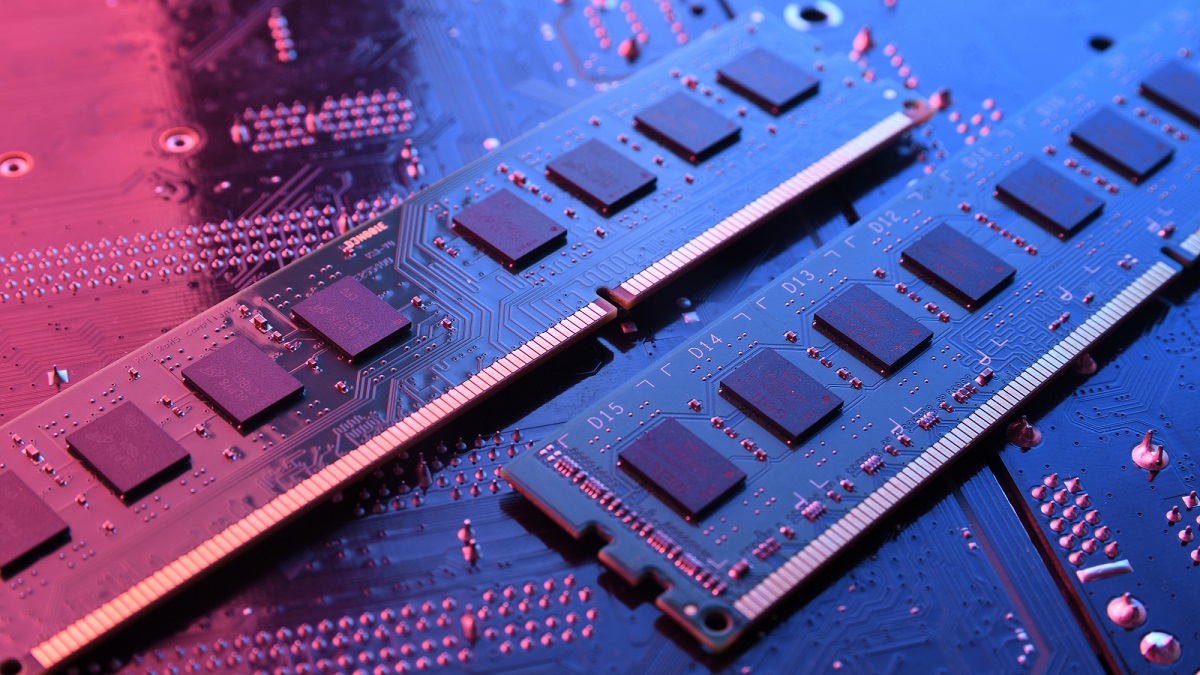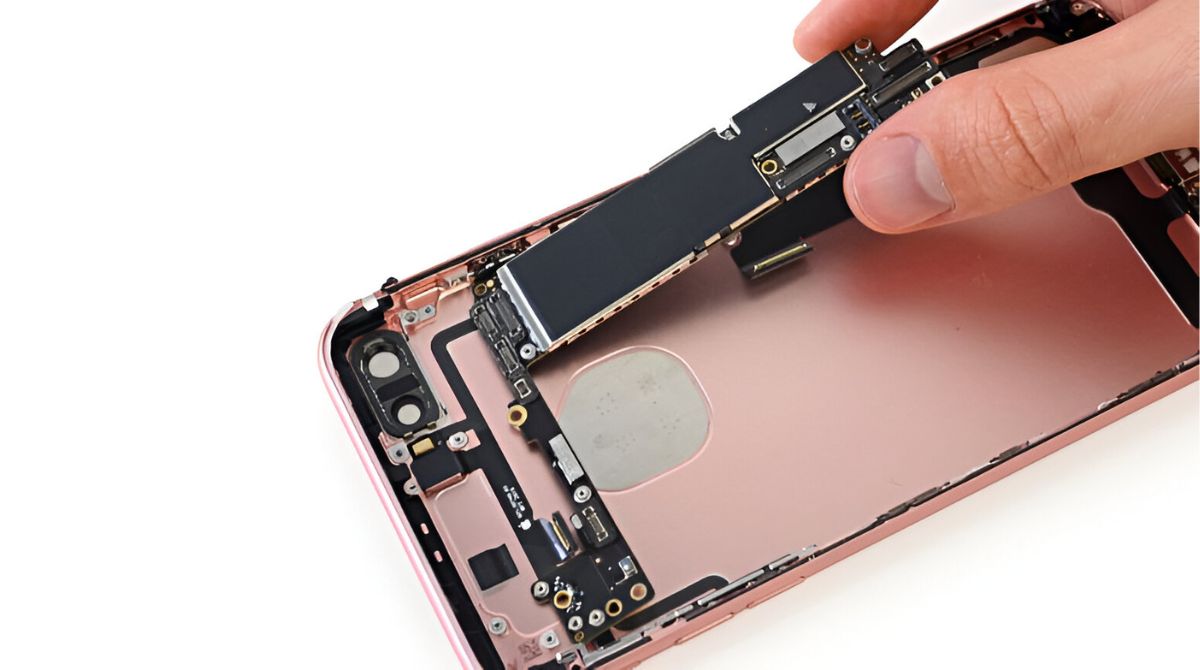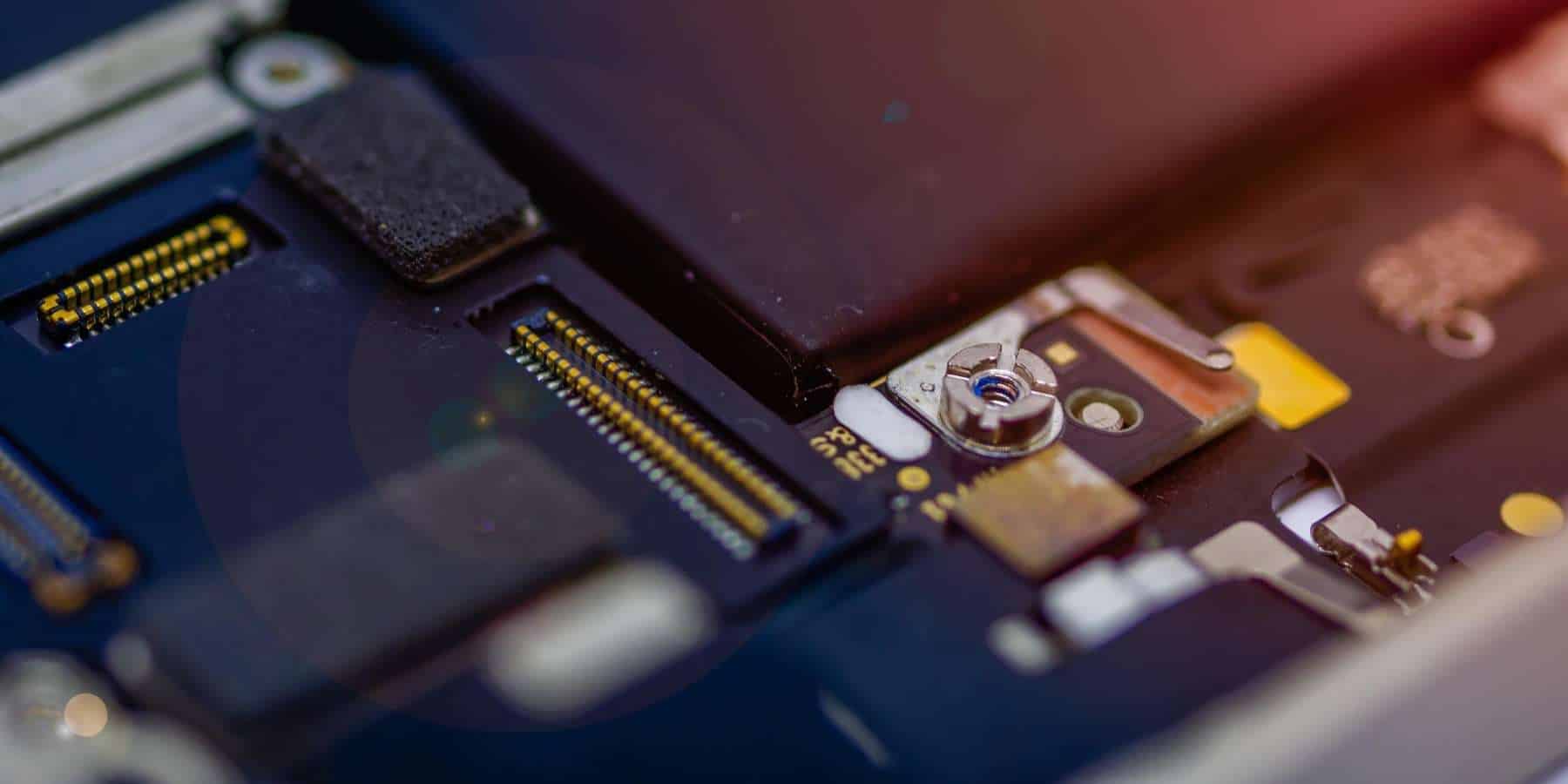Introduction
Animation is a dynamic and creative field that requires powerful hardware to bring imagination to life. One crucial component that greatly affects animation performance is RAM, which stands for Random Access Memory. RAM plays a vital role in storing and accessing data that the computer needs to run software and processes smoothly. Therefore, having sufficient RAM is essential for animators to achieve seamless rendering, smooth playback, and efficient workflow.
In this article, we will explore the importance of RAM for animation and discuss the minimum and recommended RAM requirements for both basic and professional animation tasks. We will also delve into the factors to consider when determining how much RAM you need for animation and provide some tips for optimizing RAM usage during animation. Whether you’re a beginner exploring the world of animation or a seasoned professional looking to upgrade your workstation, understanding the significance of RAM in animation will undoubtedly help you make informed decisions when choosing your hardware.
Animations can range from simple 2D designs to complex 3D models, and the level of detail and intricacy involved will significantly impact the amount of RAM required. While it is essential to have a powerful CPU and a capable graphics card for animation, RAM acts as a bridge between these components, ensuring they can communicate effectively and process information efficiently.
With sufficient RAM, animators will experience faster rendering times when working on complex scenes, as the computer can store the necessary data without repeating the process of retrieving data from the hard drive. Additionally, having ample RAM allows animators to have multiple software applications open simultaneously, enabling seamless workflow between various animation programs.
When it comes to RAM, more is generally better. However, the RAM needs will vary depending on the complexity of the animation projects you’re working on. In the following sections, we will discuss the minimum RAM requirements for basic animation tasks and the recommended RAM for professional animation work, considering the different levels of complexity and rendering demands.
Why is RAM important for animation?
RAM, or Random Access Memory, plays a crucial role in the animation process. It acts as the temporary storage space for data that the computer needs while running animation software and processes. Having sufficient RAM is vital for several reasons:
- Smooth playback: RAM allows the computer to quickly load and store animation frames, ensuring smooth playback without any lag or stuttering. Insufficient RAM can result in choppy animations and hinder the ability to accurately assess the animation’s timing and flow.
- Seamless rendering: Rendering complex animations requires significant computational power, and RAM helps facilitate this process. It stores the necessary data and textures, allowing the software to access them quickly, resulting in faster and more efficient rendering times.
- Efficient workflow: Animation projects often involve working with multiple software applications simultaneously, such as modeling, texturing, rigging, and compositing software. Sufficient RAM ensures that these applications can run smoothly, enabling seamless workflow transitions and minimizing the risk of crashes or freezes.
- Handling large file sizes: Animation files, especially those involving high-resolution textures, intricate character models, and extensive scene detail, can be large and memory-intensive. Insufficient RAM may prevent the computer from handling these large file sizes, leading to sluggish performance and potential data loss.
- Real-time interactivity: Some animation tasks require real-time interaction and adjustments, such as character animation and simulations. With adequate RAM, animators can work on these tasks without experiencing significant lag, allowing for a more immersive and efficient workflow.
Not having enough RAM can result in significant performance issues, including slow rendering times, frequent crashes, and limitations in multitasking capabilities. Upgrading your RAM to meet the demands of your animation projects can significantly enhance your productivity and creativity.
While other hardware components, such as the CPU and graphics card, are also important for animation, RAM acts as a vital intermediary between these components. It ensures smooth communication and data transfer, allowing for seamless animation production and a more enjoyable creative process.
In the following sections, we will delve deeper into the specific RAM requirements for basic animation tasks and professional animation work, providing you with insights into the amount of RAM you may need to excel in your animation projects.
Minimum RAM requirements for basic animation tasks
For basic animation tasks, such as simple 2D animations or basic 3D modeling, the minimum RAM requirements are relatively modest. However, even for less complex projects, having sufficient RAM is essential to ensure smooth performance and avoid potential frustrations. Here are the recommended minimum RAM requirements for basic animation tasks:
- 2D Animation: For basic 2D animation using software like Adobe Animate or Toon Boom Harmony, a minimum of 4GB of RAM should suffice. This amount of RAM allows you to work on simple animations with a few layers and effects without experiencing significant performance issues.
- Basic 3D Modeling: If you’re working on basic 3D modeling tasks using software like Blender or Autodesk Maya, consider having at least 8GB of RAM. This additional memory allows for smoother navigation within the 3D viewport and quicker model manipulations.
- Rendering: Keep in mind that rendering can be memory-intensive, especially when dealing with complex scenes or high-resolution textures. While 8GB of RAM may be sufficient for basic rendering, having 16GB or more will help expedite the process and reduce potential bottlenecks.
- Operating System and Software: Remember to factor in the RAM requirements of your operating system and other software applications you’ll be using alongside your animation software. This ensures that you have enough memory to run everything smoothly without excessive slowdowns or crashes.
It’s important to note that these minimum RAM requirements are suitable for smaller and less demanding animation projects. If you anticipate working on larger projects or gradually advancing to more complex animation tasks, it’s worth considering higher RAM capacities to ensure optimal performance and future-proof your workflow.
While meeting the minimum RAM requirements is crucial, it’s always recommended to have more RAM whenever possible. Having additional memory allows for smoother multitasking, better performance when working with larger files, and increased flexibility for handling multiple software applications simultaneously.
In the next section, we will discuss the recommended RAM for professional animation work, where the demands and complexity of projects increase significantly.
Recommended RAM for professional animation work
When it comes to professional animation work, the demands and complexity of projects increase significantly. To handle large-scale 3D animation, high-resolution rendering, complex simulations, and other resource-intensive tasks, it is crucial to have sufficient RAM. Here are the recommended RAM capacities for professional animation work:
- 3D Animation and Modeling: For professional 3D animation and modeling using software like Autodesk Maya, Cinema 4D, or Blender, it is advisable to have a minimum of 16GB of RAM. This amount of memory allows for smoother viewport navigation, faster real-time playback, and efficient handling of complex scenes and high-polygon models.
- Rendering and Simulation: Rendering and simulation tasks tend to be memory-intensive. To expedite rendering and simulation processes, especially for high-quality visuals, it is recommended to have 32GB or more of RAM. This increased capacity enables faster data transfer and storage, resulting in shorter rendering times and efficient production pipelines.
- GPU Rendering: Some animation software, such as Autodesk Arnold or Chaos Group’s V-Ray, can utilize GPU rendering. In this case, having a dedicated graphics card with its own VRAM (Video RAM) becomes crucial. While RAM and VRAM are separate, having more system RAM can still be beneficial as it allows for smoother data transfer between the GPU and the CPU.
- Post-Production and Compositing: If you often work with compositing software, such as Adobe After Effects or Nuke, having additional RAM will greatly enhance performance. Aim for at least 32GB of RAM to handle complex compositions, multiple layers, and high-resolution footage more efficiently.
It’s worth mentioning that these recommendations serve as a baseline for professional animation work. Depending on the specific requirements of your projects and software, you may need even higher RAM capacities. Factors like the complexity of animations, the size of input/output files, and the number of software applications running simultaneously should be carefully considered when determining your RAM requirements.
Investing in ample RAM ensures smooth playback, faster rendering times, and the ability to handle extensive and high-detail animations without experiencing significant performance issues. It also allows for future growth and scalability, as animation projects continue to push the boundaries of creativity and technological advancements.
In the following sections, we will discuss the factors to consider when determining how much RAM you need for animation and provide tips for optimizing RAM usage during animation.
Factors to consider when determining how much RAM you need for animation
When determining how much RAM you need for animation, several factors should be taken into consideration. Each project’s unique requirements, the complexity of your animations, and the software applications you’ll be using all play a significant role in determining the ideal RAM capacity. Here are some factors to consider:
- Size and Complexity of Projects: Larger animation projects with complex scenes, high-resolution textures, and intricate character models require more RAM to handle the extensive data. If you anticipate working on such projects, consider increasing your RAM capacity to ensure optimal performance.
- Software Requirements: Different animation software has varying RAM requirements. Be sure to check the software’s documentation or system requirements to determine the recommended RAM capacity. Additionally, consider any other software applications you’ll be using alongside animation software, as they will also require memory resources.
- Multi-tasking: If you tend to work with multiple software applications simultaneously or need to switch between applications frequently, having more RAM is beneficial. It allows for smooth multitasking and reduces the chances of performance issues or system crashes.
- Real-time Interactivity: If your animation work involves real-time interaction, such as character animation or simulations, having sufficient RAM ensures smooth operation and responsive feedback. Without enough memory, these tasks may become slow and hinder your workflow.
- Future-Proofing: It’s important to consider your future animation projects and potential advancements in animation techniques. Investing in a higher RAM capacity than the current minimum requirements ensures that your system can handle more demanding tasks in the future without the need for immediate upgrades.
- Budget and System Limitations: While having more RAM is generally beneficial, it’s important to strike a balance between your budget and system limitations. Consider your budget constraints and the maximum RAM capacity supported by your computer’s motherboard. Opt for the highest capacity within your budget and system limitations.
By considering these factors, you can make an informed decision about the amount of RAM needed for your animation work. Keep in mind that more RAM generally leads to smoother performance, faster rendering times, and improved workflow efficiency. However, it’s also essential to optimize your RAM usage to fully utilize its potential.
In the next section, we will provide useful tips for optimizing RAM usage during animation, allowing you to maximize your system’s capabilities and achieve optimal performance.
Tips for optimizing RAM usage during animation
Optimizing RAM usage during animation is crucial for maintaining smooth performance, efficient workflow, and preventing potential bottlenecks. Here are some useful tips to help you make the most out of your RAM:
- Close Unnecessary Background Processes: Before starting your animation work, close any unnecessary programs and background processes running on your computer. These processes consume memory resources that could be better utilized by your animation software.
- Manage Resource-Intensive Plugins and Effects: Some animation plugins and effects can be resource-intensive and consume a significant amount of RAM. Disable or limit the use of such plugins and effects to conserve memory and improve performance, especially when working on complex scenes.
- Optimize Project Files: Large project files can strain system memory. Regularly optimize your animation project files by removing unused assets, reducing unnecessary layers, and organizing your file structure. This helps reduce the memory load and improves overall project performance.
- Allocate Virtual Memory: Virtual memory, also known as a swap file or page file, can provide additional memory resources by utilizing space on your computer’s hard drive. Ensure that your virtual memory settings are properly configured, allowing your system to allocate extra memory if needed.
- Render in Segments: For lengthy animations or complex scenes, consider rendering them in segments instead of rendering the entire timeline at once. This approach reduces the strain on your RAM by processing smaller portions of the animation at a time, improving overall stability and efficiency.
- Cache Optimization: Animation software often utilizes caching to store temporary data. Adjust the cache settings, such as the cache size and duration, based on your project’s requirements. Proper cache management helps balance RAM usage and minimizes memory-related issues.
- Upgrade Hardware: If you consistently find that your projects exceed your current system’s RAM capacity, consider upgrading your hardware. Increasing the RAM capacity or upgrading to a faster RAM configuration can significantly improve performance and accommodate larger and more complex animation projects.
- Maintain a Clean System: Regularly perform system maintenance tasks, such as disk cleanup, software updates, and virus scans, to ensure your computer operates optimally. A clean system reduces the risk of unnecessary background processes and potential memory leaks.
By implementing these tips, you can optimize the usage of your RAM during animation tasks, ensuring smoother performance, reduced rendering times, and an overall improved animation workflow.
Remember that RAM optimization is an ongoing process. As your animation projects evolve and become more complex, regularly reassess and adjust your RAM usage strategies to meet your changing needs.
Now that we’ve covered the tips for optimizing RAM usage, let’s conclude by summarizing the key points discussed in this article.
Conclusion
RAM is a critical component for animation, playing a crucial role in ensuring smooth performance, efficient workflow, and faster rendering times. The amount of RAM you need for animation depends on several factors, including the size and complexity of your projects, the software requirements, and your budget limitations. While basic animation tasks may require a minimum of 4GB to 8GB of RAM, professional animation work typically demands a minimum of 16GB to 32GB, or even more in some cases.
To determine the ideal RAM capacity, consider the specific requirements of your animation projects, the software you’ll be using, and the future scalability of your workstation. Investing in more RAM than the minimum requirements is generally beneficial, as it allows for smoother multitasking, better handling of complex scenes, and future-proofing your setup.
To optimize RAM usage during animation, remember to close unnecessary background processes, manage resource-intensive plugins and effects, optimize project files, allocate virtual memory, render in segments, and regularly maintain a clean system. These practices help maximize your available memory resources and ensure efficient utilization.
Upgrading your hardware, such as increasing RAM capacity or upgrading to faster RAM configurations, can significantly enhance performance and accommodate larger and more complex animation projects.
Understanding the importance of RAM in animation and optimizing its usage will empower you to create smoother animations, reduce rendering times, and enhance your overall productivity and creativity. By considering the specific requirements of your animation work and implementing the tips discussed in this article, you can make informed decisions about your RAM needs and unlock your full potential in the world of animation.







